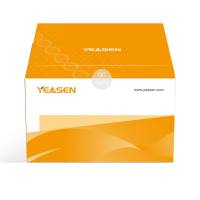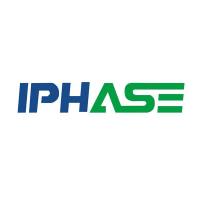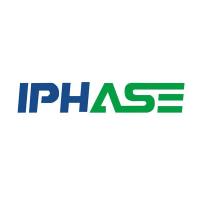Isolation of Circulating Angiogenic Cells
互联网
777
Endothelial progenitor cells (EPCs) were first identified by Ashara et al. in 1997 (Asahara et al. Science 275:964–967, 1997) and were thought to contribute to angiogenesis and vasculogenesis. Since their discovery, circulating levels of EPCs were found to serve as biomarkers as low levels correlate with increased cardiovascular events and death from cardiovascular causes (Werner et al. N Engl J Med 353:999–1007, 2005; Fadini et al. J Am Coll Cardiol 45:1449–1457, 2005; Hill et al. N Engl J Med 348:593–600, 2003; Schmidt-Lucke et al. Circulation 111:2981–2987, 2005). Additionally, EPC dysfunction has been associated with diabetes mellitus and other disease states. However, recently there has been a great deal of controversy in the field over the exact definition and function of an EPC. To help classify EPCs, they have been divided into two distinct groups (1) circulating angiogenic cells (also referred to as early EPCs) and (2) endothelial colony forming cells (also referred to as late outgrowth EPCs). Circulating angiogenic cells are believed to represent a cell population enriched in monocytes and exert their angiogenic effects via paracrine and signaling mechanisms whereas endothelial colony forming cells are true EPCs and may enhance angiogenesis and vasculogenesis by incorporating into the newly forming vessels. Here the isolation and identification of circulating angiogenic cells are described.









